A Visit To The Flight Deck Was Safe Today...
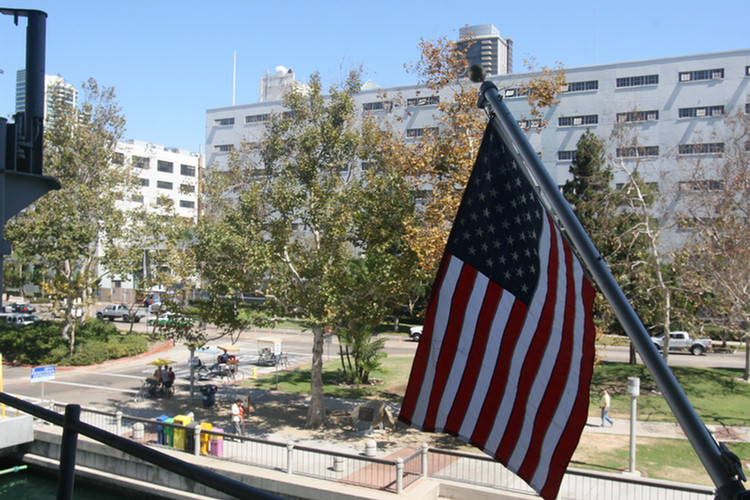
We stopped for ten minutes to have a hot dog and root beer! Sue had
wine and a great view
To The Flight Deck
Did you know? - As "runways at sea," modern aircraft carriers have a flat-top deck design that serves as a flight deck for take-off and landing of aircraft. Aircraft take off to the front, into the wind, and land from the rear. Carriers steam at speed, for example up to 35 knots (65km/h), into the wind during take-off in order to increase the apparent wind speed over the deck, thereby reducing the speed of the aircraft relative to the ship. On some ships, a steam-powered catapult is used to propel the aircraft forward, assisting the power of its engines and allowing it to take off in a shorter distance than would otherwise be required. On other carriers, aircraft do not require assistance for take off—the requirement for assistance relates to aircraft design and performance. Conversely, when landing on a carrier, conventional aircraft rely upon a tailhook that catches on arrestor wires stretched across the deck to bring them to a stop in a shorter distance than normal. Other aircraft—helicopters and V/STOL (Vertical/Short Take-Off and Landing) designs—utilize their hover capability to land vertically and so require no assistance in speed reduction upon landing.
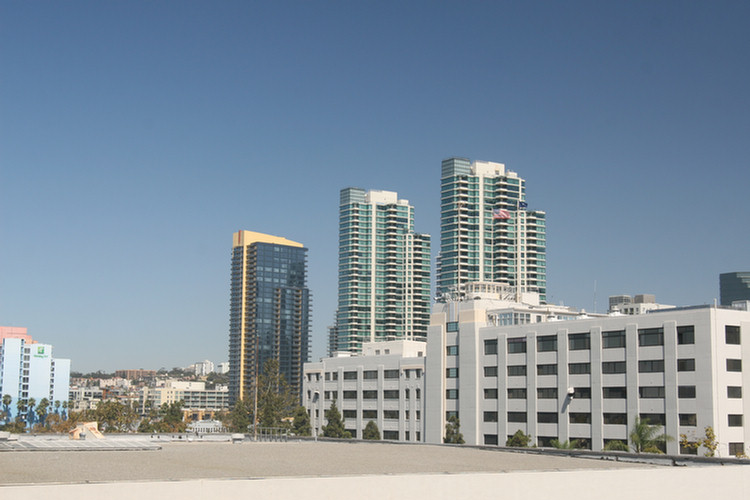
Stones throw from the flight deck to the city
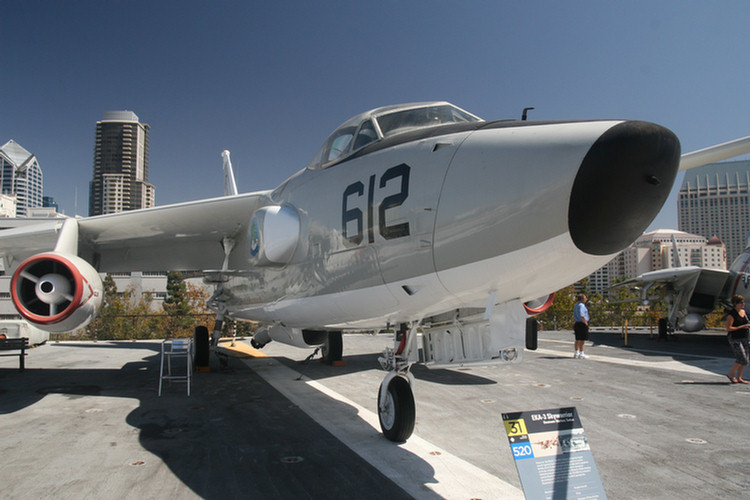
A-3 Skywarrior
Did you know? - The Douglas A-3 Skywarrior was a strategic bomber built for the United States Navy and among the longest serving carrier-based jet aircraft. It entered service in the mid-1950s and was retired in 1991. For many years after its introduction, it was also the heaviest aircraft ever flown from an aircraft carrier, earning it the unofficial nickname "The Whale". Its primary function for much of its later service life was as an electronic warfare platform, tactical air reconnaissance platform, and high capacity aerial refueling tanker.
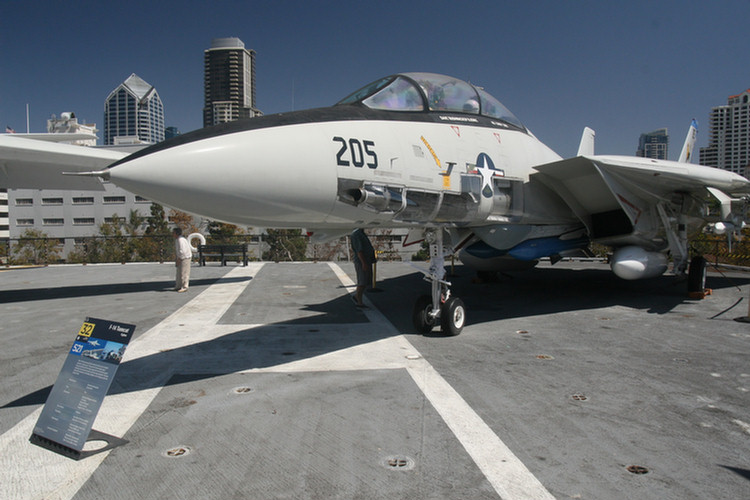
F-14 Tomcat
Did you know? - The Grumman F-14 Tomcat is a supersonic, twin-engine, two-seat, variable-sweep wing aircraft. The F-14 was the United States Navy's primary maritime air superiority fighter, fleet defense interceptor and tactical reconnaissance platform from 1974 to 2006. It later performed precision strike missions once it was integrated with the Low Altitude Navigation and Targeting Infrared for Night LANTIRN system. The F-14 was developed after the collapse of the F-111B project, and was the first of the American teen-series fighters which were designed incorporating the experience of air combat against MiGs during the Vietnam War. The F-14 first deployed in 1974 with the U.S. Navy aboard USS Enterprise, replacing the F-4 Phantom II and was retired from the active U.S. Navy fleet on 22 September 2006, having been replaced by the F/A-18E/F Super Hornet.
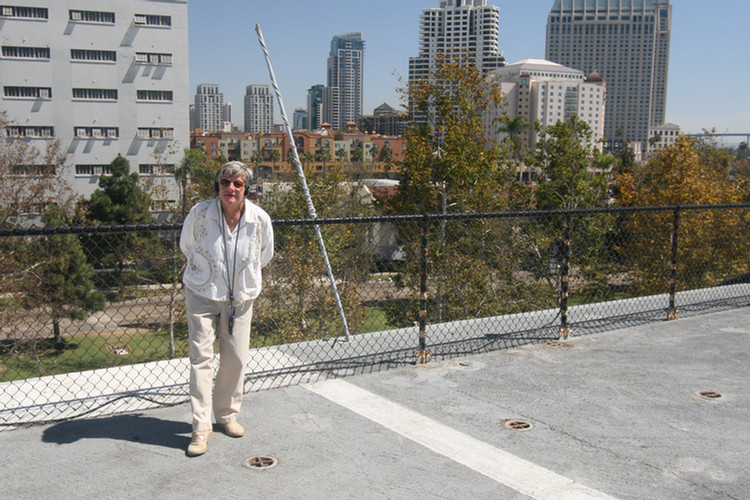
Up close to the city

Hugh flightdeck!
Did you know? - Since the early 1950s it has been common to direct the landing recovery area off to port at an angle to the line of the ship. The primary function of the angled deck landing area is to allow aircraft that miss the arresting wires, referred to as a "bolter", to become airborne again without the risk of hitting aircraft parked on the forward parts of the deck. The angled deck also allows launching of aircraft at the same time as others land.
The LSO (Landing Signal Officer)
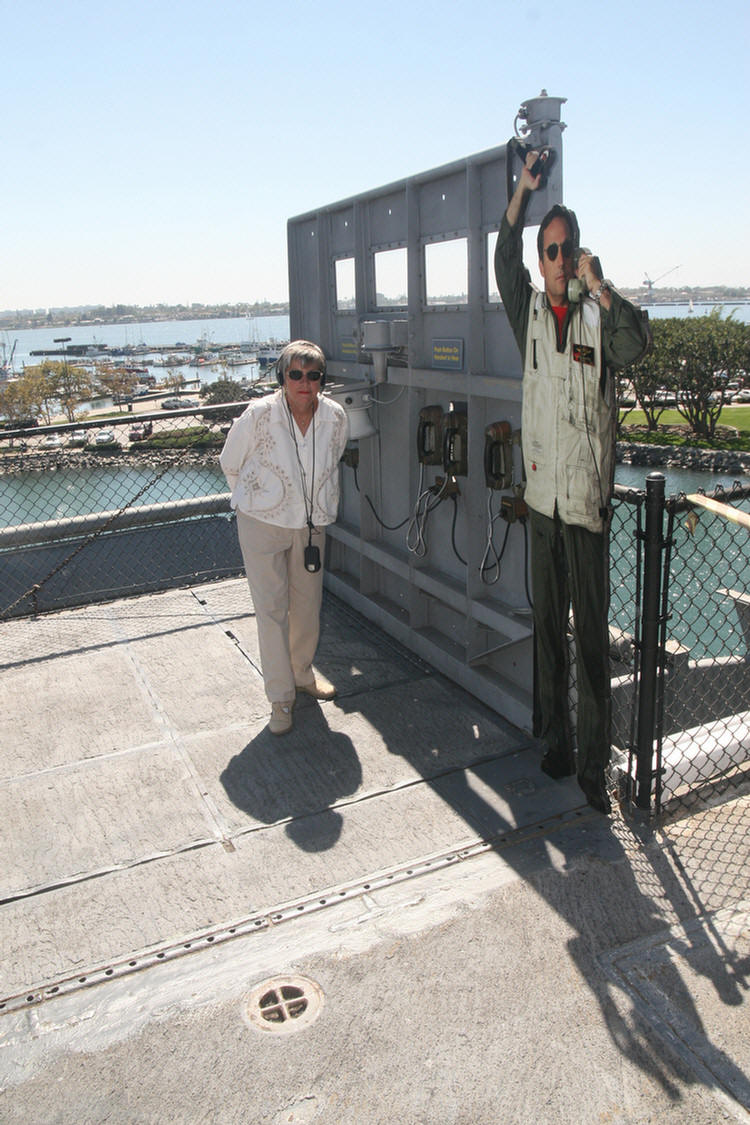
This is a high stress job!
Did you know? - Conventional ("tailhook") aircraft rely upon a landing signal officer (LSO, sometimes called "paddles") to control the plane's landing approach, visually gauge altitude, attitude, and speed, and transmit that data to the pilot. Before the angled deck emerged in the 1950s, LSOs used colored paddles to signal corrections to the pilot (hence the nickname). From the late 1950s onward, visual landing aids such as mirrors provided information on proper glide slope, but LSOs still transmit voice calls to landing pilots by radio.
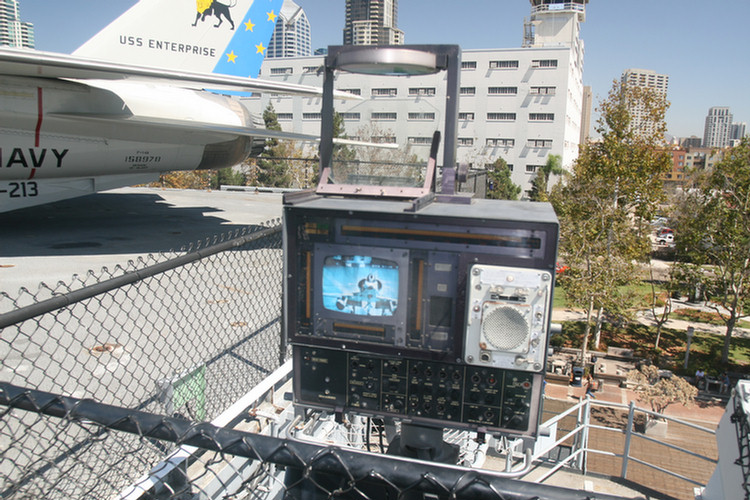
Electronics everywhere

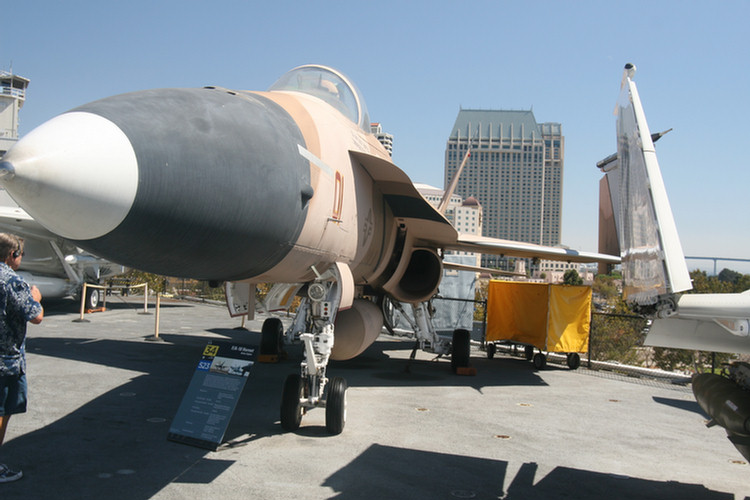
F-18 Hornet
Did you know? - The McDonnell Douglas (now Boeing) F/A-18 Hornet is an all-weather carrier-capable multirole fighter jet, designed to attack both ground and aerial targets. The F/A-18 was derived from the YF-17 in the 1970s for use by the United States Navy and Marine Corps. The Hornet is also used by the air forces of several other nations. It has been the aerial demonstration aircraft for the U.S. Navy's Flight Demonstration Squadron, the Blue Angels, since 1986.
The fighter's primary missions are fighter escort, fleet air defense, suppression of enemy air defenses (SEAD), interdiction, close air support and reconnaissance. Its versatility and reliability have proven it to be a valuable carrier asset, though it has been criticized for its lack of range and payload compared to its earlier contemporaries, such as the F-14 Tomcat in the fighter and strike fighter role, and the A-6 Intruder and A-7 Corsair II in the attack role.
F/A-18 Hornet provided the baseline design for the F/A-18E/F Super Hornet, a larger, evolutionary redesign of the F/A-18. Compared to the Hornet, the Super Hornet is larger, and heavier and has improved range and payload capability. The F/A-18E/F was originally proposed as an alternative to a completely new aircraft to replace existing dedicated attack aircraft such as the A-6.
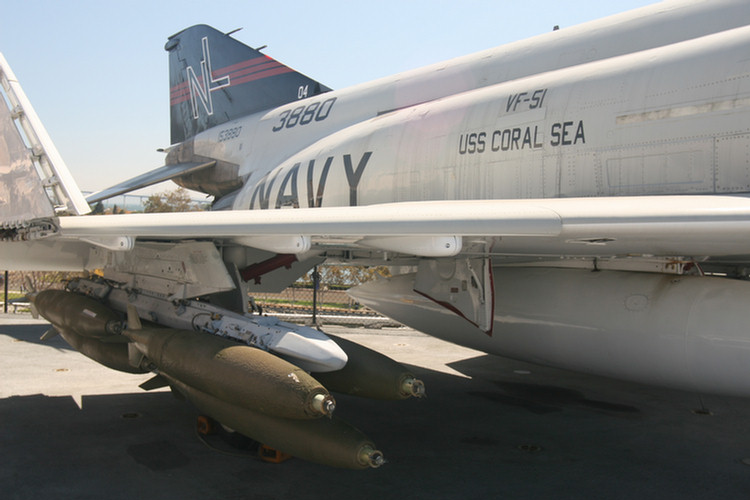
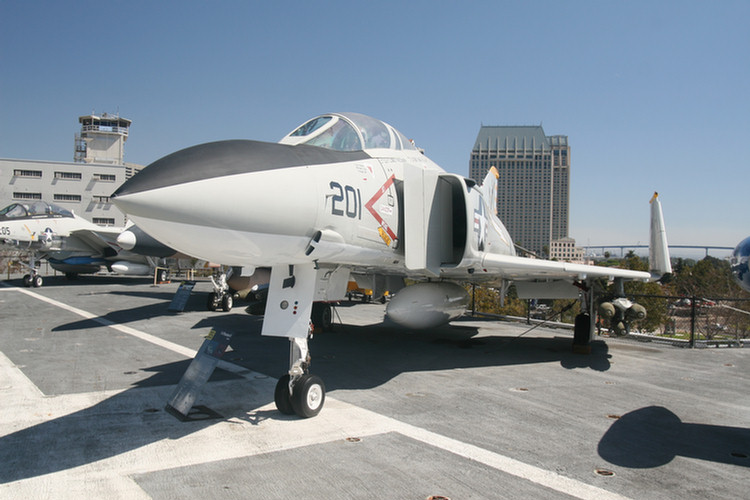
An amazing array of aircraft!
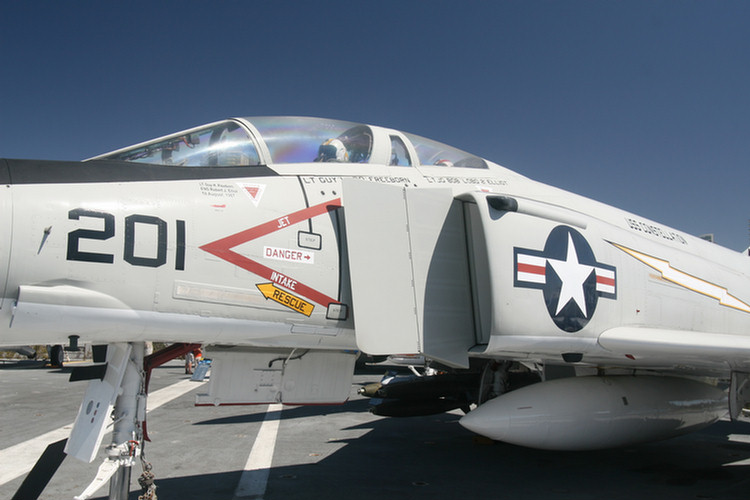

Careful or she will fly one of these off!
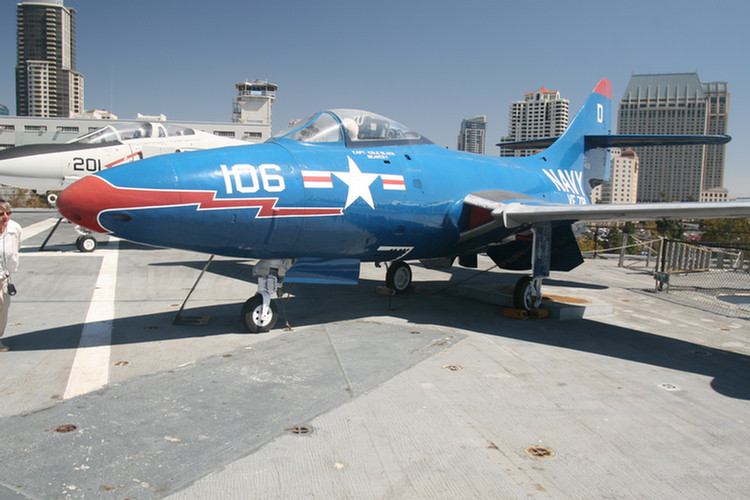
An oldie!

The lift... raises an airplane in ten seconds flat!

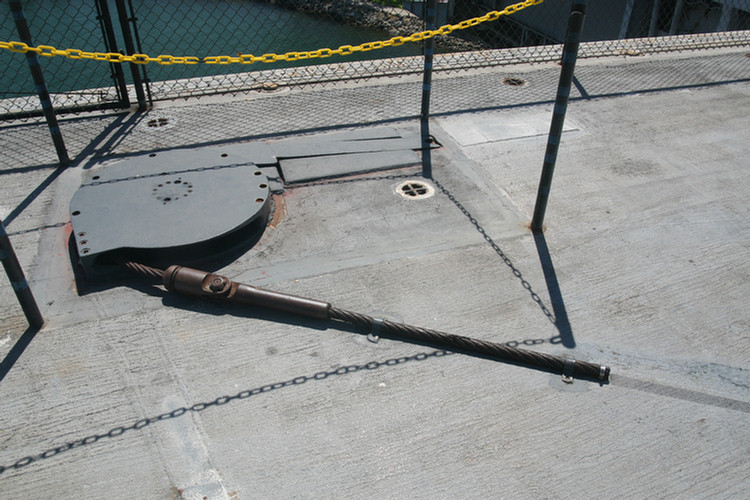
The cables that slow the aircraft down are in several lo
Did you know? - Key personnel involved in the flight deck include the Shooters, the Handler, and the Air Boss. Shooters are naval aviators or Naval Flight Officers and are responsible for launching aircraft. The Handler works just inside the island from the flight deck and is responsible for the movement of aircraft before launching and after landing. The Air Boss (usually a commander) occupies the top bridge (Primary Flight Control, also called "primary" or "the tower") and has the overall responsibility for controlling takeoffs, landings, "those aircraft in the air near the ship, and the movement of planes on the flight deck, which itself resembles a well-choreographed ballet". The captain of the ship spends most of his time one level below Primary on the Navigation Bridge. Below this is the Flag Bridge, designated for the embarked admiral and his staff.
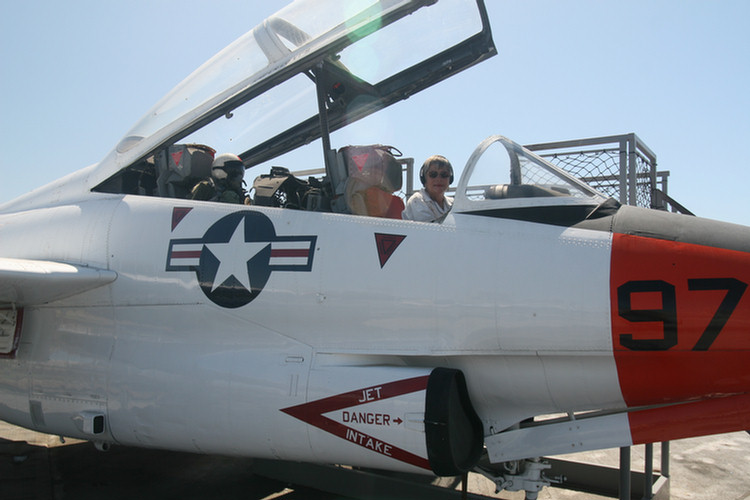
"Ready for takeoff!!"
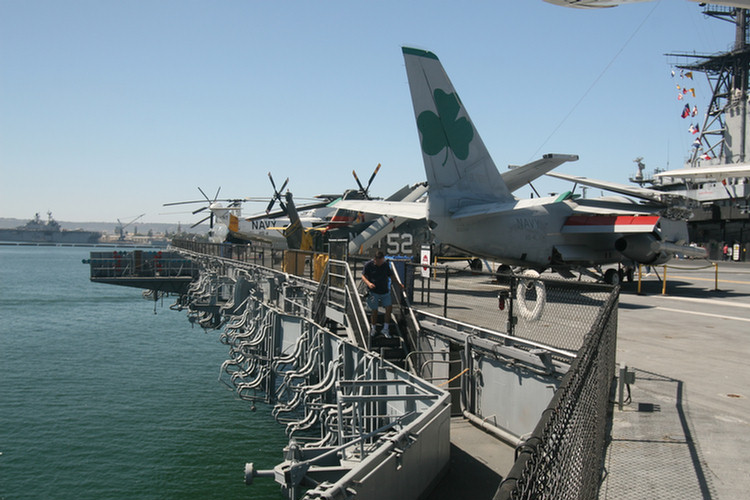
Nets all over for the crew to go to safety

Checkout the statue

A close-up!
The central figures in the photograph were never confirmed by Eisenstaedt. LIFE, however, accepted nurse Edith Cullen Shain's claim as the woman to hold this honor that was asserted in a handwritten letter to Eisenstaedt thirty-five years later. After that a call was made for the identity of the man. More than twenty men have claimed to be the sailor, but none has been identified positively as the man. Edith Shain considered the possibility of one man, but finally stated that she could not tell whether he was or not.

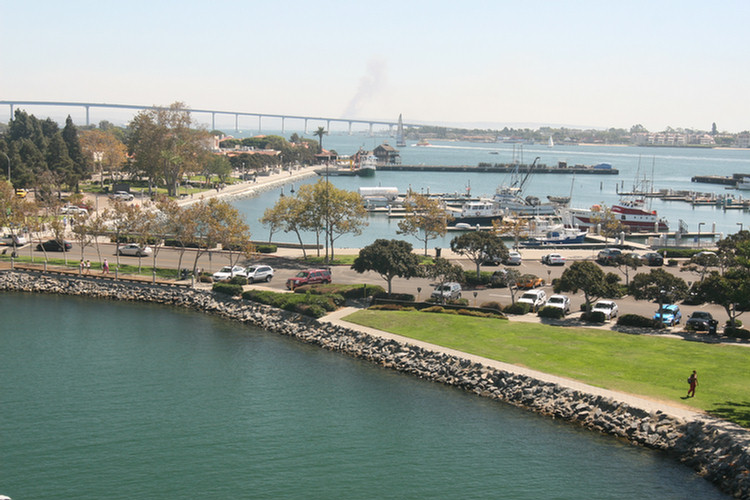

The taxi
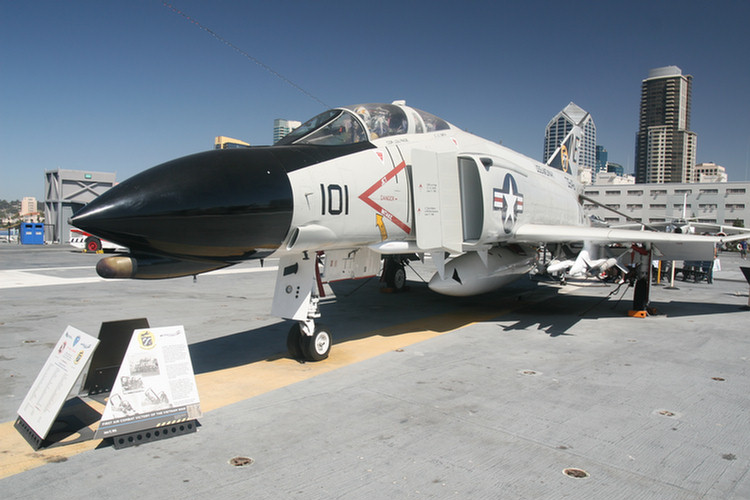
The Phantom
Under The Flight Deck Are Ready Rooms
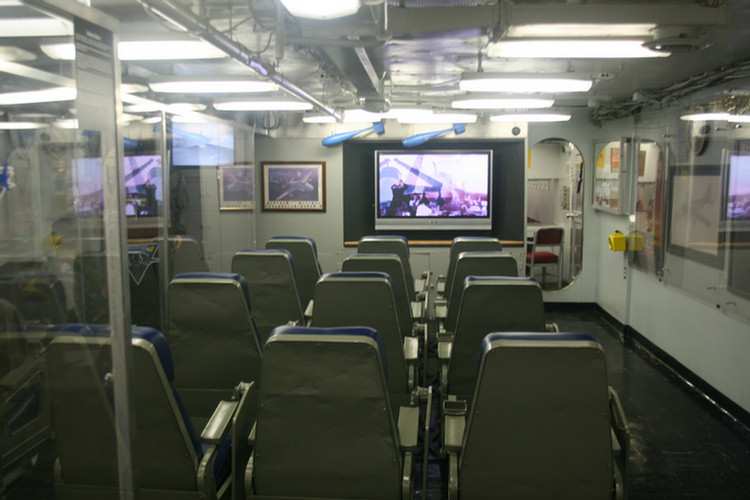
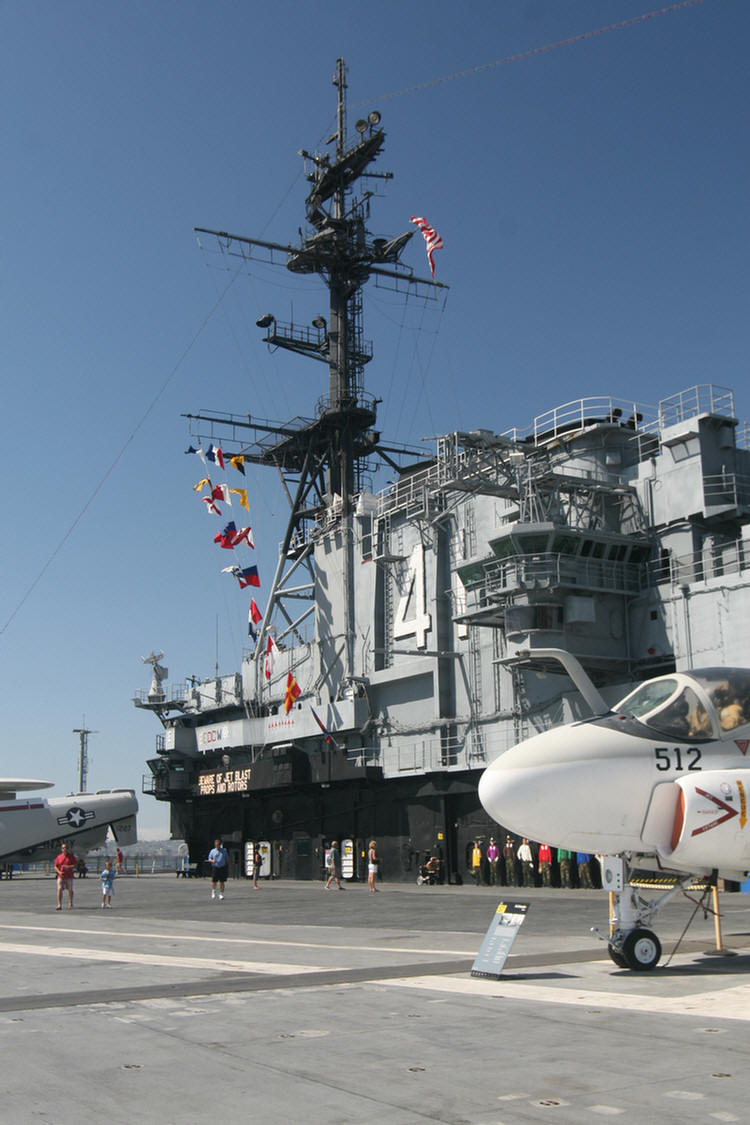
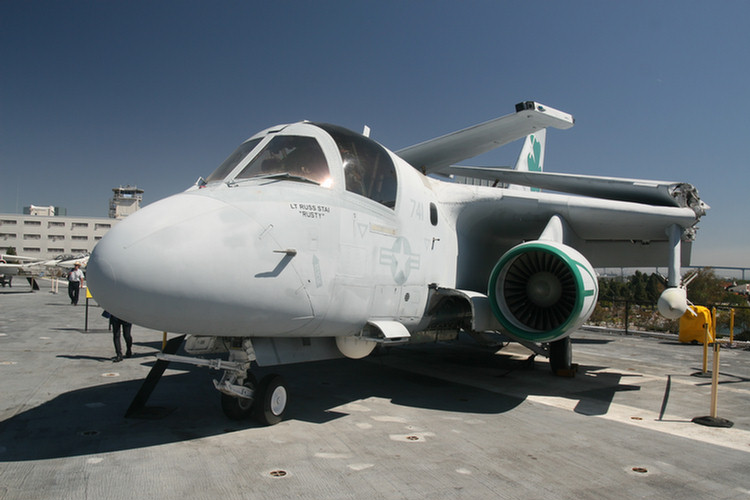
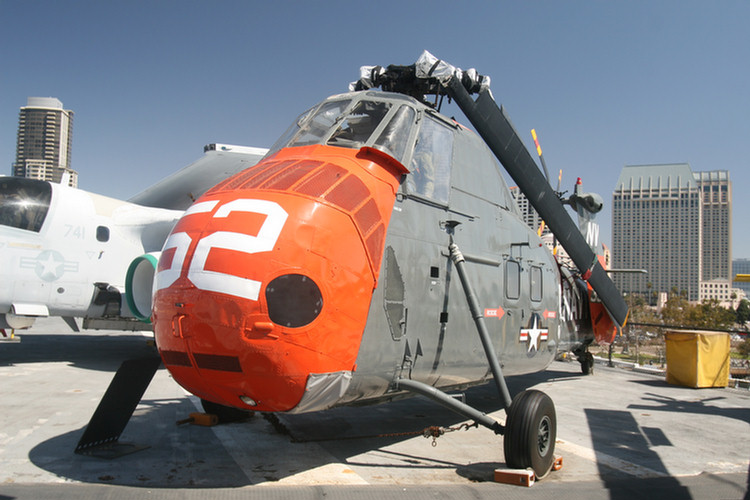
Oldies but goodies
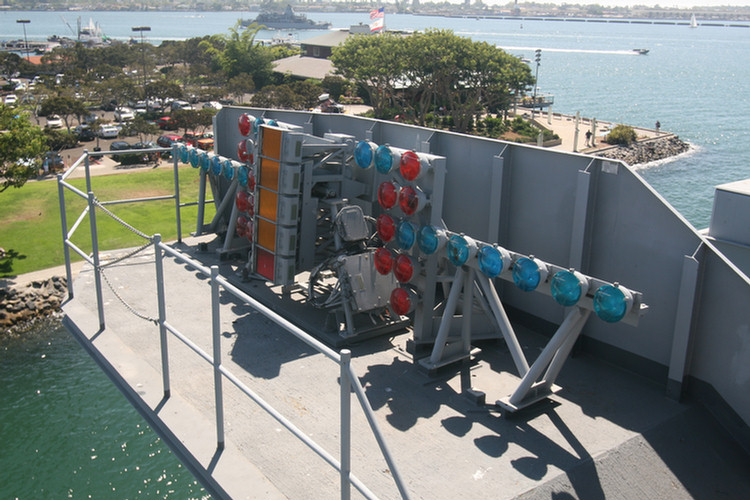
Landing aids
Did you know? - Aircraft carriers and naval air stations typically use Fresnel lenses in their optical landing systems. The "meatball" light aids the pilot in maintaining proper glide slope for the landing. In the center are amber and red lights composed of Fresnel lenses. Although the lights are always on, the angle of the lens from the pilot's point of view determines the color and position of the visible light. If the lights appear above the green horizontal bar, the pilot is too high. If it is below, the pilot is too low, and if the lights are red, the pilot is very low.
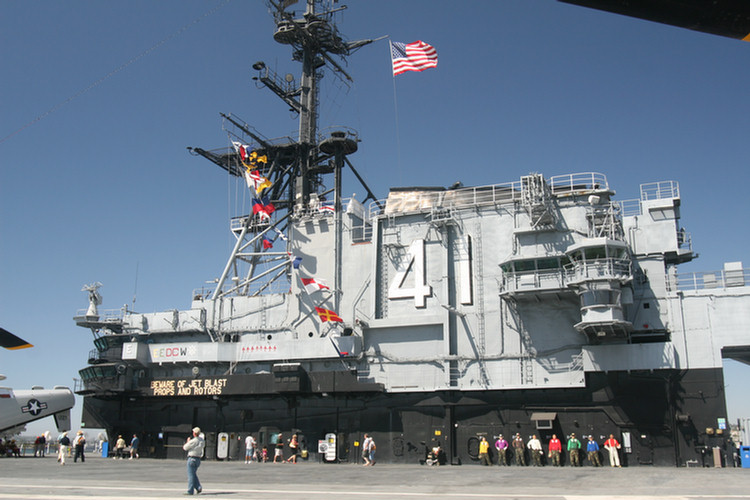
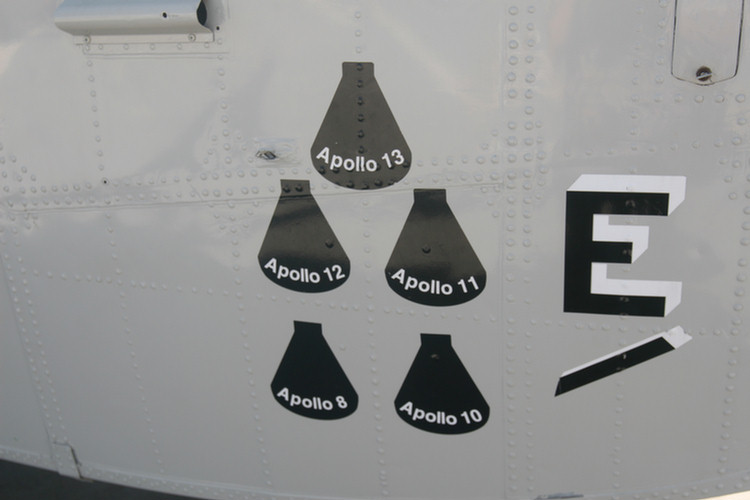
Used to pick up the Apollo Astronauts


Naval gun ship used in Viet Nam

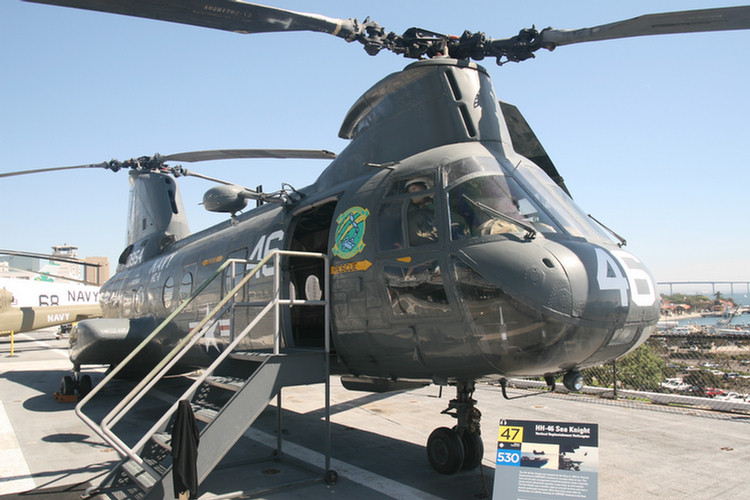


Antennas stored down during landings/take offs
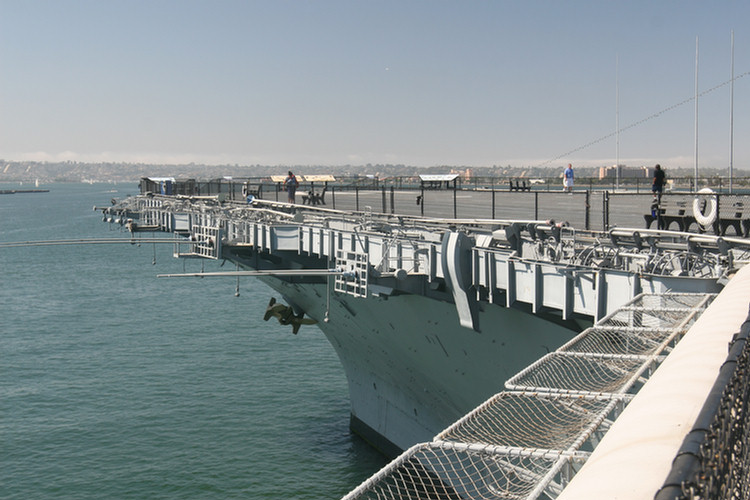
Safety nets everywhere... Carriers are places looking for accidents to happen
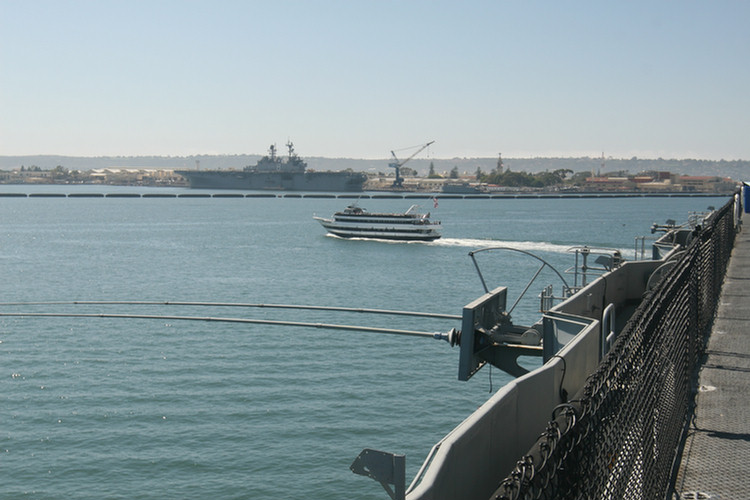
Our harbor cruise ship in action
Out For A Stroll
Did you know? - In August 1991, Midway departed Yokosuka and returned to Pearl Harbor. Here, she turned over with Independence which was replacing Midway as the forward-deployed carrier in Yokosuka. Midway then sailed to San Diego where she was decommissioned at Naval Air Station North Island on 11 April 1992 in a ceremony in which the main speaker was Secretary of Defense Dick Cheney. She was stricken from the Naval Vessel Register on 17 March 1997. During the decommissioning process, she was used to film portions of the movie At Sea, a documentary on carrier life shown only at the Navy Museum in Washington D.C. Both sailors and their families participated in the filming or the homecoming scenes.
On 30 September 2003, Midway began her journey from the Navy Inactive Ship Maintenance Facility, Bremerton, Washington, to San Diego, California in preparation for use as a museum and memorial. She was docked at the Charles P. Howard Terminal in Oakland, California, during the first week in October while the construction of her pier in San Diego was completed. Then, on 10 January 2004 the ship was moored at her final location at the Broadway Pier in downtown San Diego, where she was opened to the public on 7 June 2004. In the first year of operation, the museum doubled attendance projections by welcoming 879,281 guests aboard.
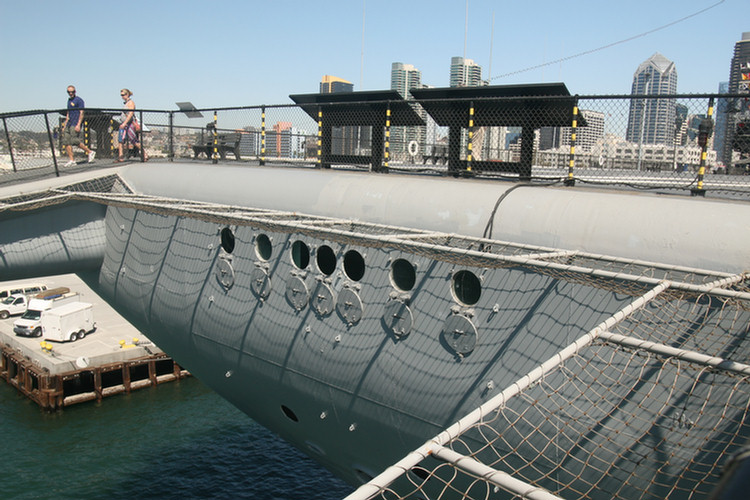
The bow
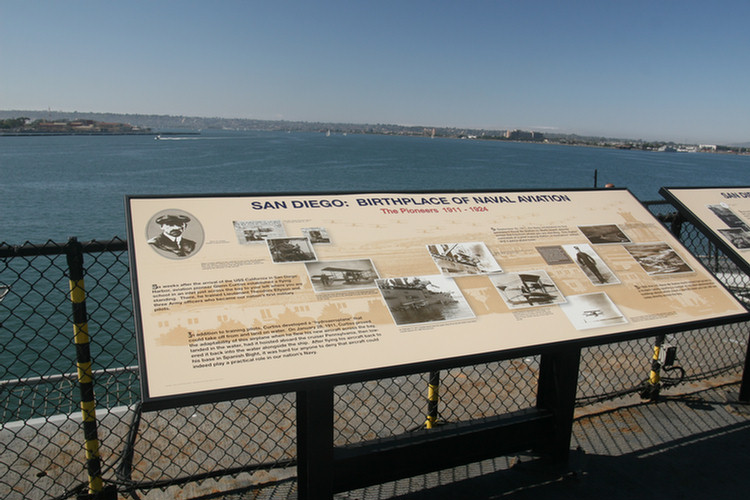
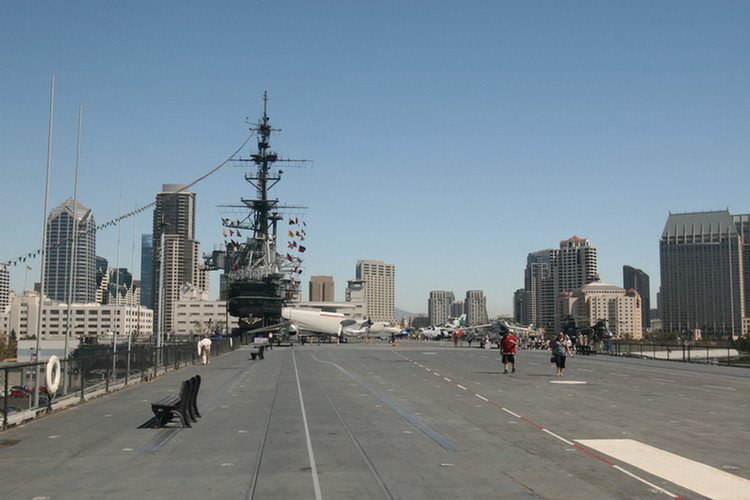
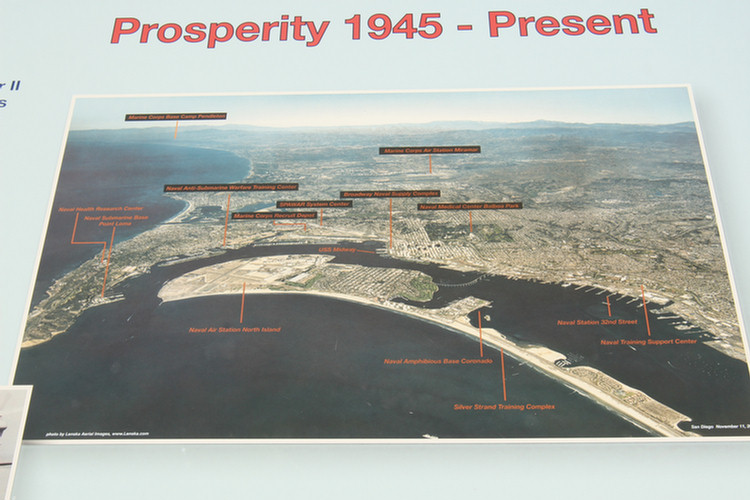
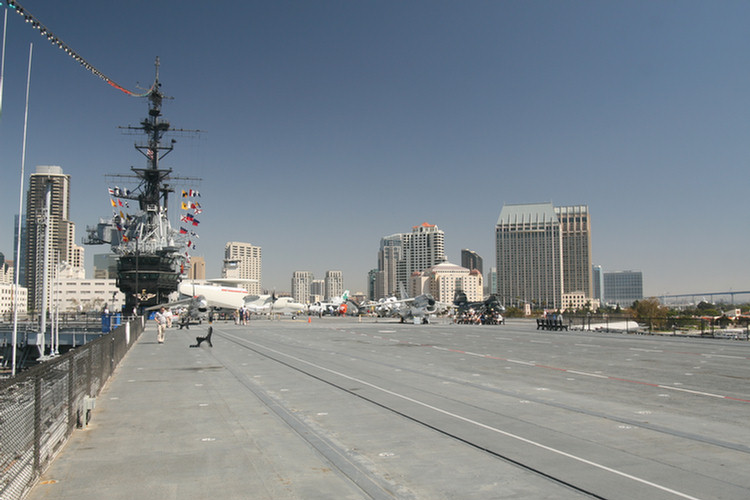
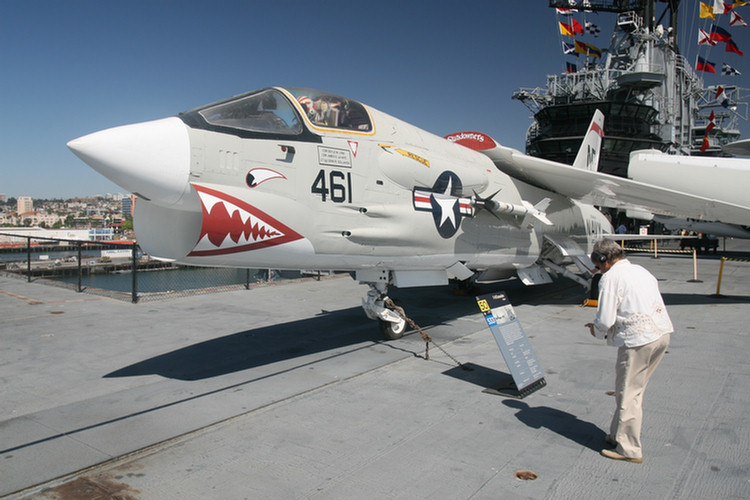
First aircraft to go 1,000 mph in level flight
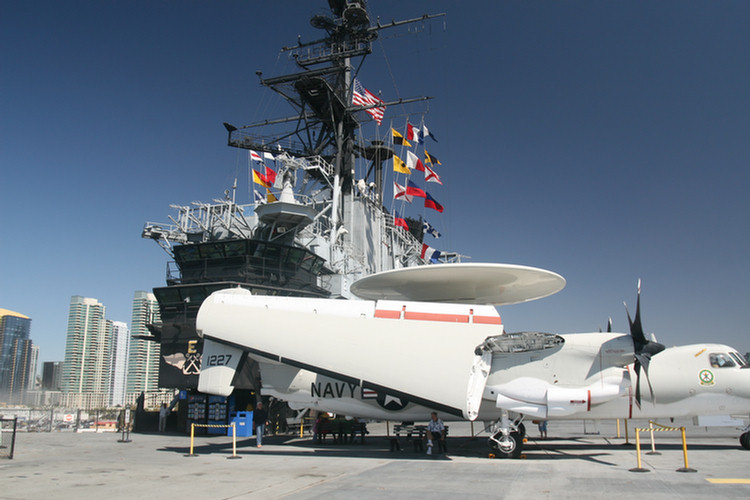

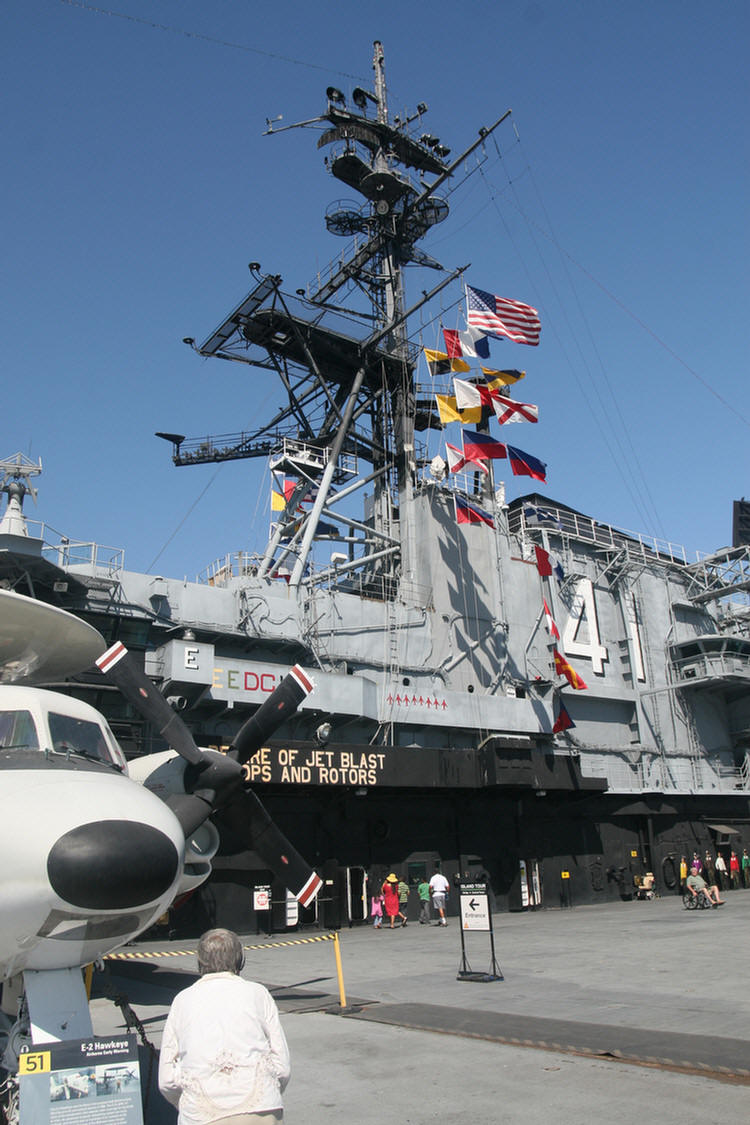
Did you know? - Larger ships, particularly warships, often had a number of different bridges. A navigation bridge would be used for the actual conning of the ship. A separate Admiral's bridge could be provided in flagships, where the Admiral could exercise strategic control over his fleet without interfering with the Captain's tactical command of the vessel. In older warships, a heavily-armored conning tower was often provided, where the vital command staff could be located under protection to ensure that the ship could be commanded and fought under fire.
Modern advances in remote control equipment has seen progressive transfer of the actual control of the ship to the bridge. The wheel and throttles can be operated directly from the bridge, directly controlling often-unmanned machinery spaces. Aboard modern warships it is common that actual commanding is carried out on the bridge while weapon systems are controlled from a room usually deep inside the vessel. This also enables a redundant setup in which the vessel is still able to fight in case one of the command instances has been hit or destroyed.
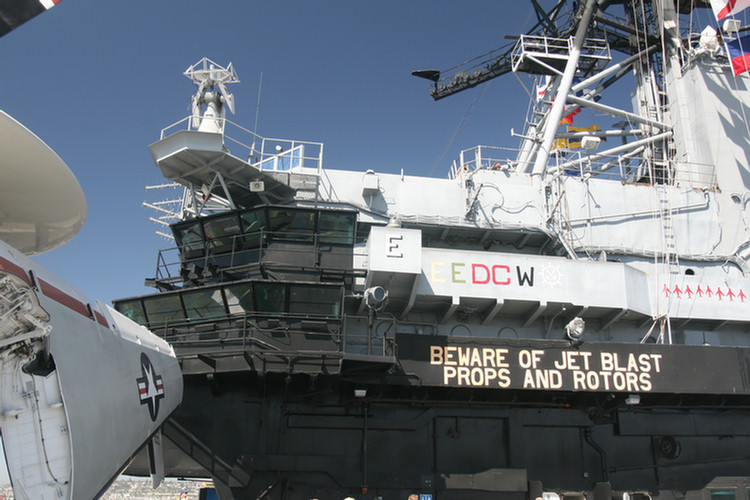

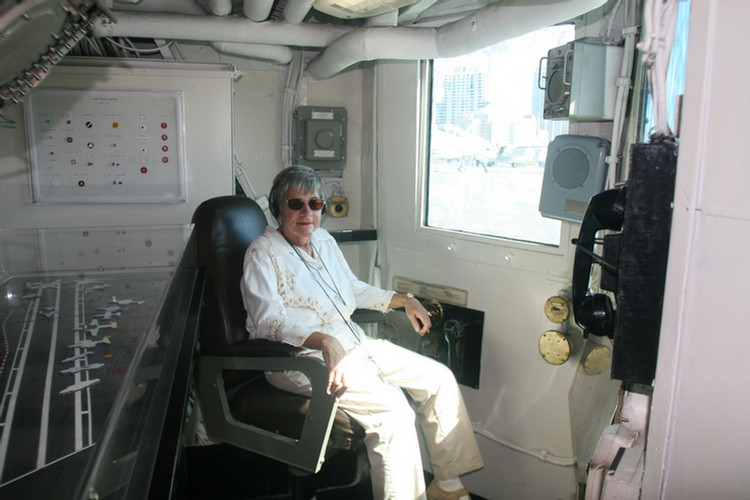
Commander of the Deck... Behind blast-proof walls!
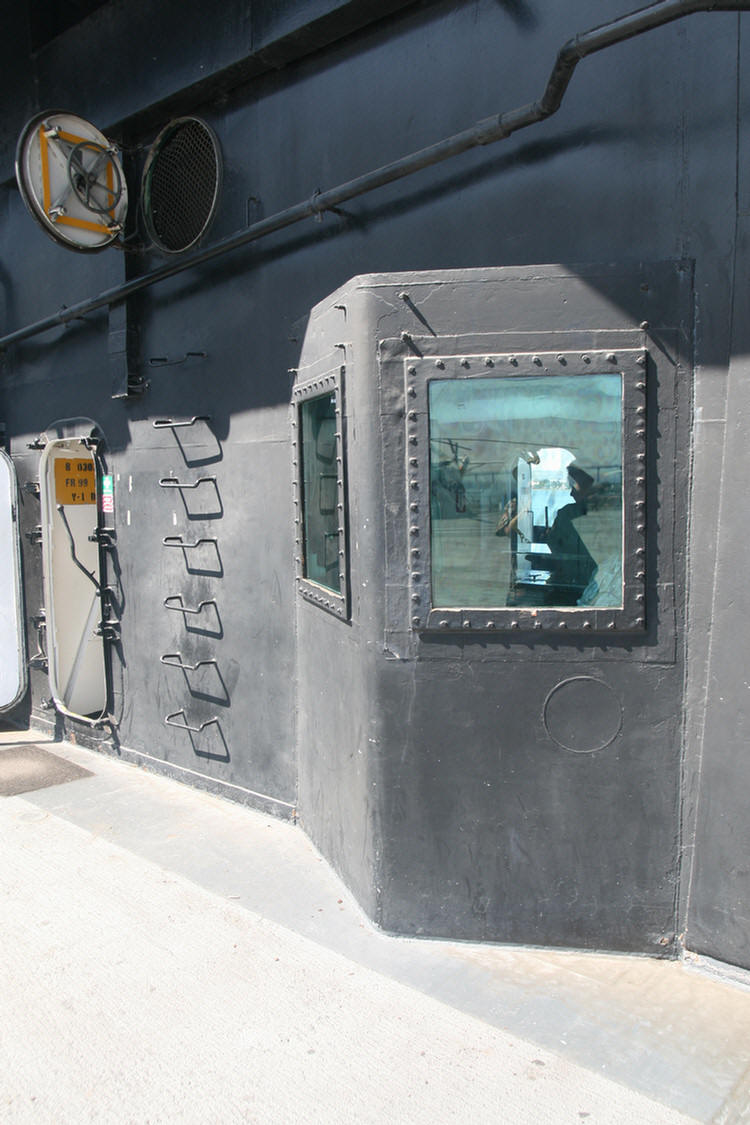
Communications Center


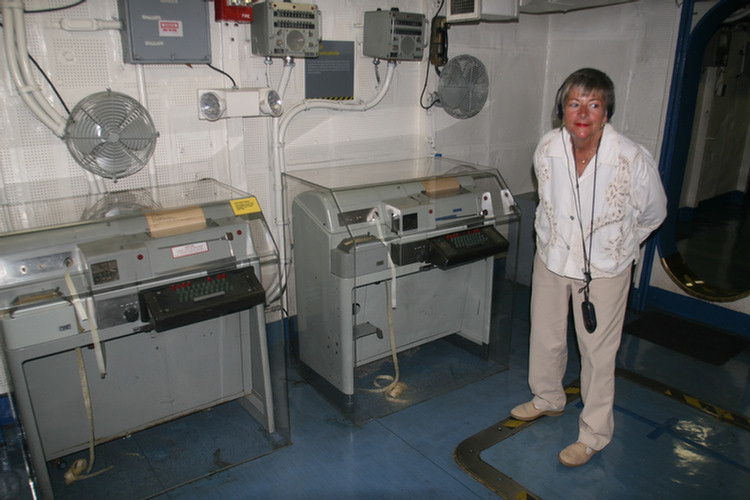
Model 28 Teletypes
Did you know? - Teletype Corporation documents invariably suffixed the configuration to the model number, e.g. "M33ASR" (Model 33 Automatic Send and Receive). In contrast, some customers and users tended to place the configuration before the model number, e.g. "ASR-33". The military had their own system of identifying the various models - often identifying various improvements, included options / features, etc. The TT-47/UG was the first M28KSR - and while Teletype's designation for the basic machine remained the same over the next 20+ years - the TT-47/UG took on suffixes to identify the specific version - The last TT-47/UG was the TT-47L/UG. The Navy also assigned some "set" designations using the standard Army/Navy system - such as the AN/UGC-5 - a Teletype M28ASR which has a keyboard, printer, tape punch and reader facilities all in one cabinet.
The model 28 - 1950s - Baudot code page printer. Regarded as the most rugged machine Teletype ever built. Used a moving type block for printing


R-1051A/URR receiver from Bendix (Allied Signal) $25,250 per receiver




No crypto machines were left behind!

They named their channels and wrote what receiver was connected to which on-ship
circuit!

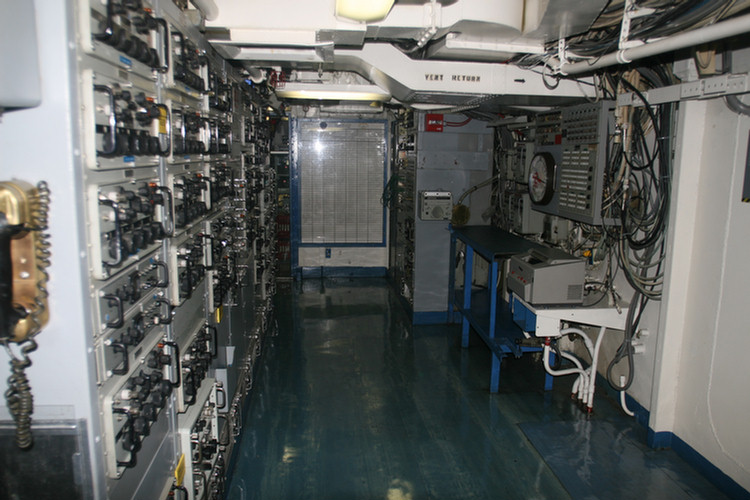
50+ HF receivers in racks
The Admirals Diggs

The Admirals sitting area

The Admiral has his own galley and cook

The only real bed on the ship!
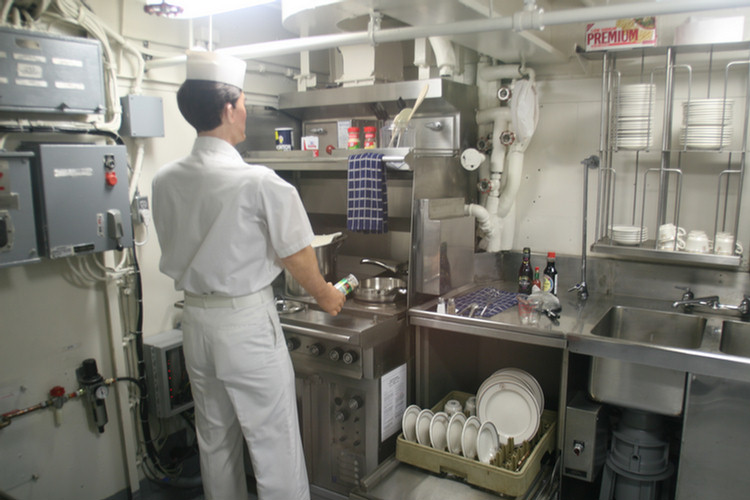
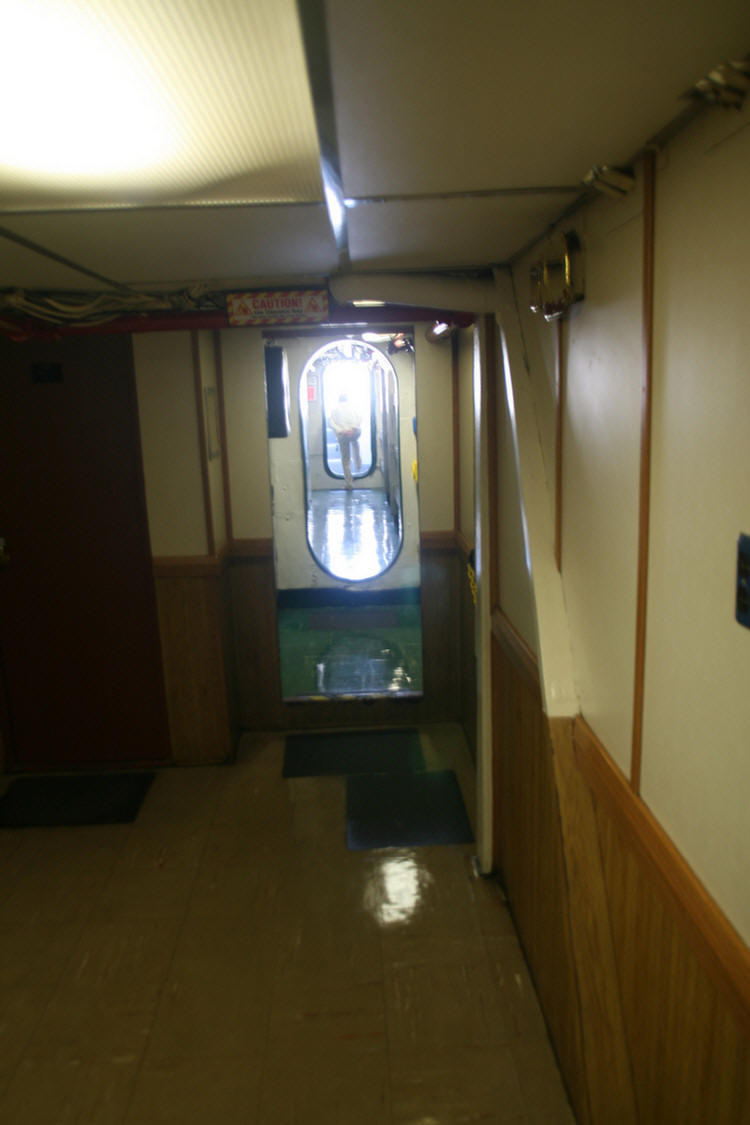

Did you know? - To facilitate working on the flight deck of a U.S. aircraft carrier, the sailors wear colored shirts that designate their responsibilities. White shirts are responsible for safety, red shirts handle munitions, purple shirts (grapes) handle jet fuel, and green shirts handle the catapult and arresting gear. Yellow shirts are responsible for directing aircraft.
Key personnel involved in the flight deck include the Shooters, the Handler, and the Air Boss. Shooters are naval aviators or Naval Flight Officers and are responsible for launching aircraft. The Handler works just inside the island from the flight deck and is responsible for the movement of aircraft before launching and after landing. The Air Boss (usually a commander) occupies the top bridge (Primary Flight Control, also called "primary" or "the tower") and has the overall responsibility for controlling takeoffs, landings, "those aircraft in the air near the ship, and the movement of planes on the flight deck, which itself resembles a well-choreographed ballet". The captain of the ship spends most of his time one level below Primary on the Navigation Bridge. Below this is the Flag Bridge, designated for the embarked admiral and his staff.


